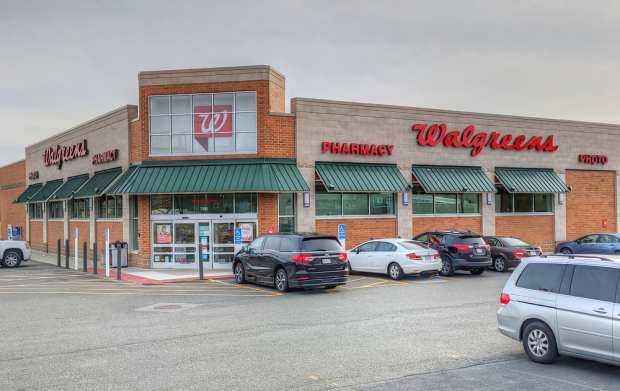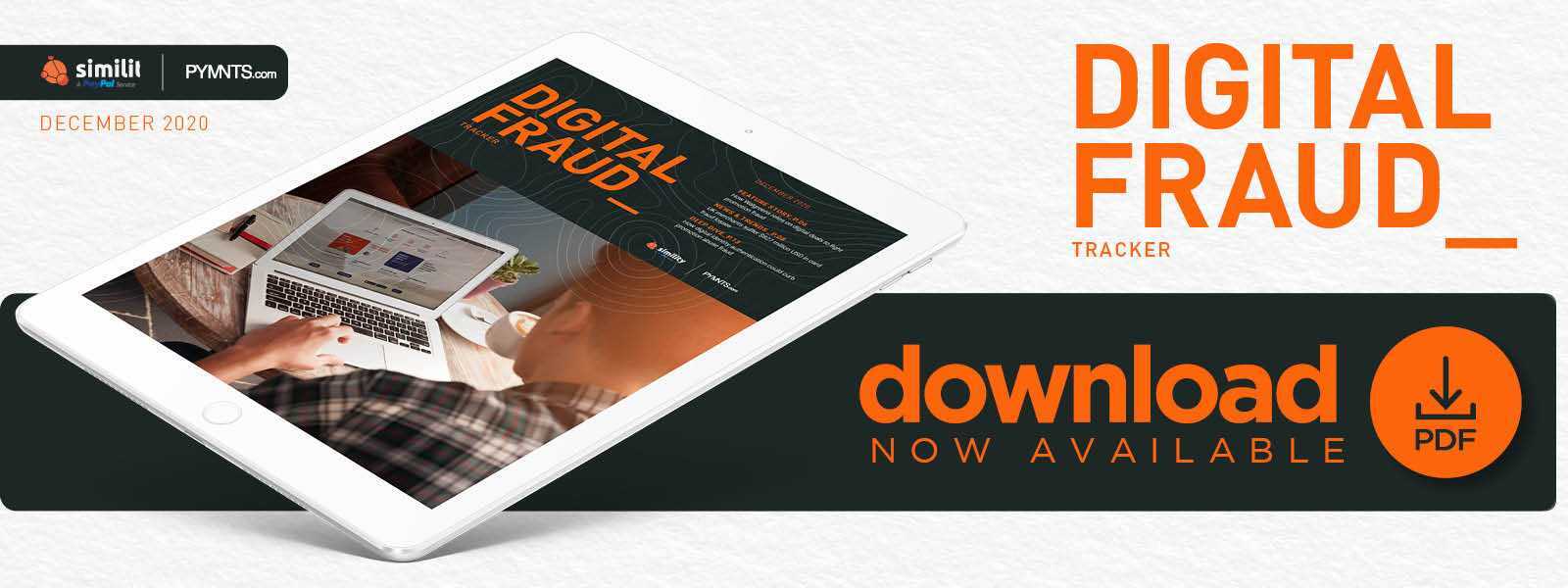How Walgreens Relies On Digital Deals To Fight Promotion Fraud

Promotions have not just become a lifeline for retailers looking to boost revenues during the pandemic, but also fraudsters looking for a quick and easy scam. In this month’s Digital Fraud Tracker, Luke Rauch, vice president of customer experience at Walgreens, discusses how digitizing promotions can help retailers track and verify promotions and prevent bad actors from forging coupons.
Promotions, discounts and rewards are key retail sales drivers, encouraging consumers to make purchases they would otherwise skip and driving up average receipt volume and overall revenues.
Determining how to make the most out of promotions and coupons has even become something of a hobby among some consumers, spurred on by reality shows like “Extreme Couponing.” Consumers redeemed more than $31 billion in eCommerce coupons in 2019, with untold other offers clipped from newspapers and receipts and cashed in stores.
Savvy shopping can sometimes cross the line into outright fraud, however, with bad actors violating terms of redemption, assuming false identities or conducting myriad other schemes to wage promotion abuse fraud. Online retailers and brick-and-mortar stores alike are vulnerable to this type of fraud, said Luke Rauch, vice president of customer experience and owned brands at Walgreens, and fraudsters are growing ever more creative with their schemes.
“The biggest single [fraud] threat for us right now is the ability to create artificial coupons that look and feel legitimate,” Rauch said in an interview with PYMNTS. “It puts us in a bind. Either our point of sale rejects it, or we want to do the right thing for the customer because, unfortunately, the customer often doesn’t actually know they’re trying to redeem a fraudulent coupon.”
Rauch offered PYMNTS an in-depth look at how Walgreens is more heavily relying on online deals and discounts to fight promotion abuse at a time when customer service and good shopping deals are more important than ever.
How The Pandemic Is Changing The Promotion Landscape
The pandemic has forced many retailers to make tough decisions about how and when to run their promotions. Paper goods like tissues, toilet paper and towels were scarce at the beginning of the health crisis, which encouraged many merchants to withdraw promotions for these items because customers did not need any incentives to purchase them, for example.
“Many retailers made the decision to pull all promotional activity on these items both in their stores and online, and customers for a time actually tolerated that because the most important thing for a customer was to find what they needed, when they needed it,” Rauch explained. “But [Walgreens] actually purposefully made a decision early on in the pandemic to maintain our promotional intensity. We knew that value was going to be important to consumers, and we didn’t want to send mixed messages where we pulled the rug out when we felt like we could make the sale without the promotion and then only put it back [when] we felt that we needed it to drive follow-up.”
This move means Walgreens is facing more instances of promotion abuse fraud than many other retailers. Physical coupon abuse has been especially prevalent, with fraudsters deploying numerous tactics to take advantage of offers.
“We’ve seen manufacturer coupons that are easily duplicated or there is no limit, so customers can use the same coupon over and over again,” Rauch said. “And we’ve also even seen in the print coupon world that scam artists get sophisticated enough to manipulate bar codes to create basically a wholesale fake coupon that looks and feels like a regular coupon.”
He noted that this rampant abuse puts a great deal of pressure on retail employees, who are often unable to easily determine which coupons are fake and reject them. Many customers print coupons from legitimate-looking websites and thus do not know they are fake, which can leave all parties involved in the transaction unaware of the fraud until back-office balance sheets fail to match.
Rauch said the key to fighting promotion abuse fraud is to move as many promotions as possible online, where the store can monitor who uses them and reduce fraud opportunities.
Fighting In-Person And Online Promotion Fraud
Online promotions are far more secure and harder to abuse than in-person coupons, Rauch explained. Promotion uses can be traced to individual buyers, letting Walgreens legally ascertain who is using which offers.
“Every single consumer has a unique identifier,” he explained. “We’re able to trace that back, so we can say that we gave you a coupon that we intended to be for your use, and we can see you actually are the person who redeemed that coupon.”
Digital promotions also give retailers like Walgreens a plethora of other advantages. Customers can access them remotely without clipping them from newspapers or receipts and heading to stores to redeem them, and their use offers a trove of valuable data retailers can leverage to improve customers’ experiences using personalized offers.
“It’s a huge opportunity for retailers to do a better job of curating their mass promotional programs and delivering them in more of a one-to-one basis to you and to your mom and to your relatives and anybody else who engages with the company, [for example,] and to actually create specific promotional content that is tailored to specific audiences or individuals to drive trips either to the store or online,” Rauch said.
Promotions and discounts will likely prove even more critical as the pandemic and its associated economic downturn continue, with consumers seeking deals and retailers looking to improve revenues. Warding off promotion abuse fraud protects both parties and will therefore be a crucial part of in-store and online commerce in the coming months.

